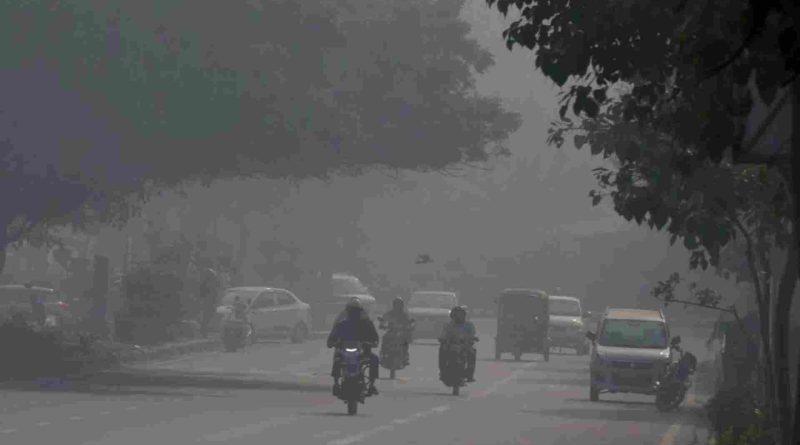Unveiling Delhi’s Smog Siege: A Study of Seasonal Haze and Environmental Concerns
The inaugural smog wave has descended upon Delhi-NCR, heralding the onset of the season’s haze, with projections hinting at its endurance for an extended period, marking a potential record stretch spanning four years, as indicated by a study conducted by the green-oriented think-tank, Centre for Science and Environment (CSE), unveiled on Wednesday.
While the capital grapples with the severity of the seasonal smog, statistical revelations unveil a glimmer of hope amidst the gloom. An analysis conducted by the CSE suggests a notable dip in the daily smoke influx from agricultural fires spanning from mid-October to November 8, marking the lowest recorded figures in the past four years.
Attributing the genesis of this smog to a confluence of unfavorable meteorological conditions, including stagnant winds and atmospheric inversion, compounded by agricultural residue burning and Diwali festivities, Anumita Roychowdhury, the executive director of research and advocacy at CSE, elucidates on the multifaceted triggers igniting this environmental phenomenon.
Comparative assessments draw parallels between the ongoing smog siege and its predecessors, mirroring durations akin to the inaugural smog episodes of 2018 and 2020, both enduring six days. Yet, ominous shadows loom as projections suggest a trajectory potentially surpassing the prolonged smog of 2019, stretching across eight relentless days, as cautioned by the CSE.
While acknowledging a marginal decline in smog intensity compared to prior years, with the current levels hovering at 329 micrograms per cubic meter per day, the CSE underscores the persistent menace posed by pollutants, emphasizing elevated levels of ozone, CO, and NO2, alongside a surge in the SO2 to NO2 ratio during Diwali, emblematic of heightened pollution attributed to firecracker emissions.
The ramifications of this protracted smog saga, exacerbated by the absence of stringent pollution control measures, resonate as a clarion call for immediate intervention to avert a looming public health crisis. Avikal Somvanshi, the program manager at Urban Lab, CSE, underscores the urgency for targeted actions aimed at mitigating emissions from vehicular traffic, industrial activities, waste incineration, and construction dust, imperative to curtail the escalating pollution quandary plaguing the region.

